70以上 g j tube 234508-G j tube nursing care
Gastrojejunal (GJ) tube placement is a minimally invasive, image guided technique in which a special soft feeding catheter is placed through an existing hole in the stomach (gastrostomy) into the small bowel (jejunum)GJ tube Exchange / Conversion Discharge Instructions Information • You have a gastrojejunostomy tube (GJ tube) • Held in place by a balloon on the inside and a plastic ring (bolster) on the outside • Look at the tube every day to see if the tube is clogged, cracked, leaking, or looseStarted feeding through G tube until can get to hospital on weekday Its a shame they can't replace feeding tubes on weekends Now everything going in G tube will come back out through J tube Only able to flush G tube with cap off of J tube

Enteral Feeding Tubes Accessories Avanos Medical
G j tube nursing care
G j tube nursing care-The stomach A gastrojenunal tube (or GJ tube) is a "tube within a tube" placed through this opening One tube ends in the stomach and the other extends into the jejunum (the small intestine) This allows food and medicine to be given directly into the stomach or jejunum instead of through the mouth Giving feedings this way can be doneConventional gastrostomy tubes (Gtubes) – Gtubes have 3 ports (openings) one (1) for feedings, another for medicines, and a third that goes to the balloon that holds the tube steady Gastrojejunal tubes (GJtubes) – GJtubes have 3 ports one (1) goes to the stomach, another to the intestine, and a third to the balloon that holds the tube steady
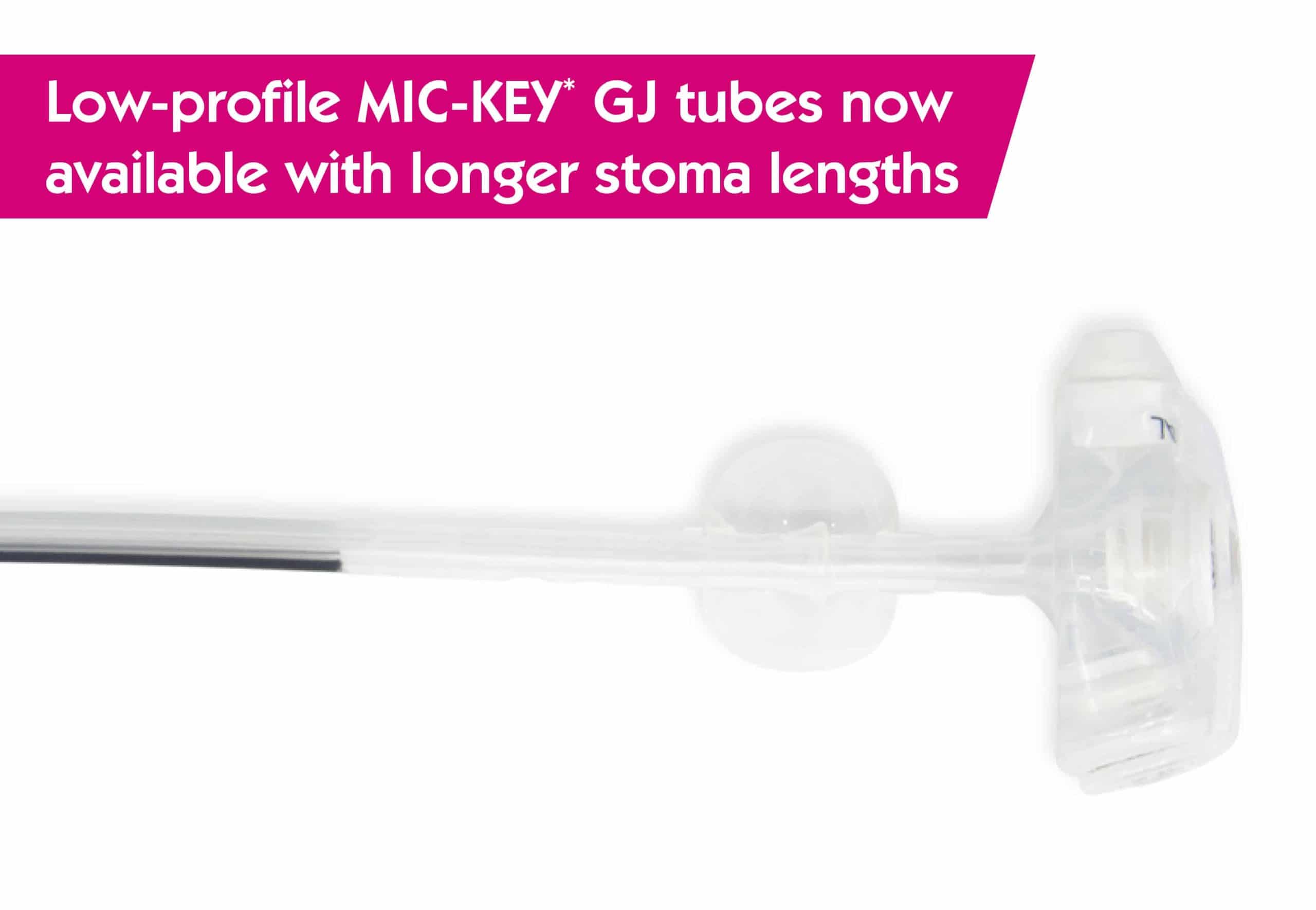


Mic Key Gastro Jejunal Feeding Tube Vygon
I had my third G/J tube replaced two weeks ago in less than two months The J tube keeps migrating up into my duodenum I feel so much better for a few weeks after the tube is placed back in my jejunum/small intestine because the formula isn't bothering my pancreas and bile ductsGJtubes are placed in the stomach just like Gtubes, but a thin, long tube is threaded into the jejunal (J) portion of the small intestine GJtubes can be a great aid for individuals with dysmotility, those who aspirate, and those who are losing a great deal of calories due to vomiting, but are not good candidates for a fundoplication Rather than feeding into the stomach like Gtubes, GJtubes can be used to bypass the stomach and feed directly into the second portion of the small intestineContinued A dietitian will show you how to use and care for the feeding tube You can use a storebought formula or mix your own Most people use gravity or a pump to drip the formula
G tubes, GJ tubes, and J tubes are placed through a small opening called a stoma that is made in the wall of the abdomen The procedure to create the opening is called an ostomy A feeding tube ostomy procedure may be done 3 main waysMICKEY* GJ Feeding Tubes Low Profile / SkinLevel Tubes THE COMPLETE PORTFOLIO All Sizes 16 Fr 22 Fr offer The largest lowprofile GJ offering available with 21 more sizes than AMT ®2;A jejunostomy tube, also called a Jtube, is a surgically placed directly into your child's small intestine to help with nutrition and growth The tube is usually a red rubber tube that is stitched at the stoma site, which is the opening in the skin
A low profile balloon GJ tube is actually two tubes in one The gastric port opens only into the stomach and the jejunal port opens only into the small intestine It is called a low profile tube because it lies close to the belly and does not hang out A balloon filled with water is inside the stomach to hold the tube in placeLowprofile head for patient comfort, with a smaller feed head footprint than AMT ® GJET 4A GJ tube is a feeding tube The tube goes from outside the abdomen, through the abdominal wall to the stomach, through the stomach (G for gastric which means stomach), and to the first part of the intestine called the jejunum (J) The feedings will bypass the stomach and go directly into the jejunum


Media Starship Org Nz Gastrostomy Care Booklet Gastrostomy Booklet 16 Pdf



Mic Key Gastro Jejunal Feeding Tube Vygon
The MICKEY* GastricJejunal Feeding Tubes are designed for pediatric and adult patients requiring simultaneous jejunal feeding and gastric decompression Proper support is provided by utilizing multiple jejunal exit ports to improve flow and minimize clogging The tubes are weighted and have high columnar strength to help maintain position in the jejunum, making maintenance easier for the caregiver by decreasing the need for tube repositioningGJ Tubes Indications GER Gastroparesis Gastrostomy tube inserted through a gastric opening into the jejunum, through radiology assistance Bypasses the stomach for feedings Disadvantages Requires continuous feedings for 14 hours Bolus feedings not usually given – may lead to dumping syndromeGJ Tubes Indications GER Gastroparesis Gastrostomy tube inserted through a gastric opening into the jejunum, through radiology assistance Bypasses the stomach for feedings Disadvantages Requires continuous feedings for 14 hours Bolus feedings not usually given – may lead to dumping syndrome
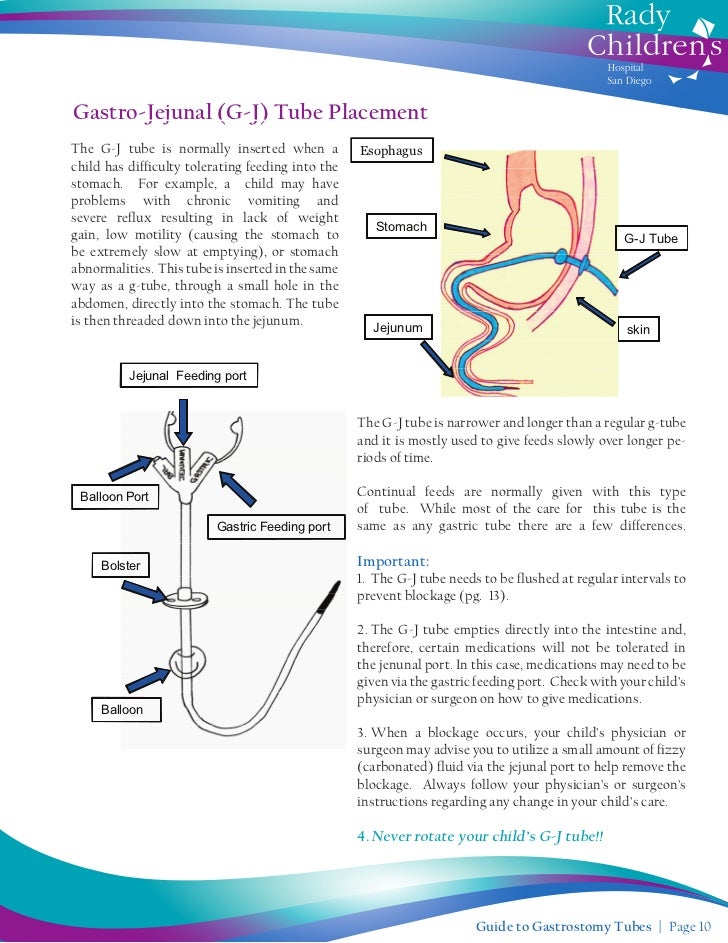


Guide To Gastrostomy Tubes



Low Profile Gastric Jejunal Enteral Tube Applied Medical Technology Gj 1415 30 Gj 1615 30 Gj 1625 30
The most serious complication with any Gtube or Jejunostomy (J) tube complication is peritonitis from inadvertently inserting the tube into the abdominal cavity This is rare but has a high rate of morbidity and mortality That is why it is so important to check the placement of the tube before discharging the patient from the ED Unfortunately, many patients who have Gtubes are nonverbal and are unable to alert the healthcare provider by complaining of abdominal painFeeding Tube (4) Product Use Enteral Feeding (4) Tube Type Low Profile (1) Jejunostomy Tubes (23) Sort By Best Match Best Match;No Dr orders, nothing on the TAR, nothing in her hospital records (except for her tube feeding orders)



Applied Medical Technologies Gj 1415 22 Mckesson Medical Surgical



Gastrostomy Transgastric Jejunal Jejunal Tube Care
Buy Tubie Love Gear Our Sponsors We are thankful for the support of companies who share our mission and help us provide information and resources to parents and caregiversSurgical feeding tube placement (G tube, GJ tube, or J tube) is performed in the operating room while the patient is under general anesthesia The feeding tube is placed directly through the stomach wall ending in the stomach (G tube) or small intestine (GJ tube) A jejunostomy (J) tube is placed directly through the wall of the intestineStarted feeding through G tube until can get to hospital on weekday Its a shame they can't replace feeding tubes on weekends Now everything going in G tube will come back out through J tube Only able to flush G tube with cap off of J tube



Patient Login Bill Pay Mychart Myfairview Rx Oncare Fairview Find A Doctor Locations Services Specialties Solutions Services Specialties Family Medicine Obstetrics Gynecology Urgent Care Pharmacy Pediatrics Orthopedics Sports Medicine



Gastrostomy Week Devices
I reached my goal rate for stomach feeding, so I officially took out my GJ tube today!!Specialty Tubes by CR Bard Manufacturer Cr Bard Compare View Item List ENFit Traditional GJet Internal Feeding Tubes by Applied MedicalFeeding Tube (4) Product Use Enteral Feeding (4) Tube Type Low Profile (1) Jejunostomy Tubes (23) Sort By Best Match Best Match;


1
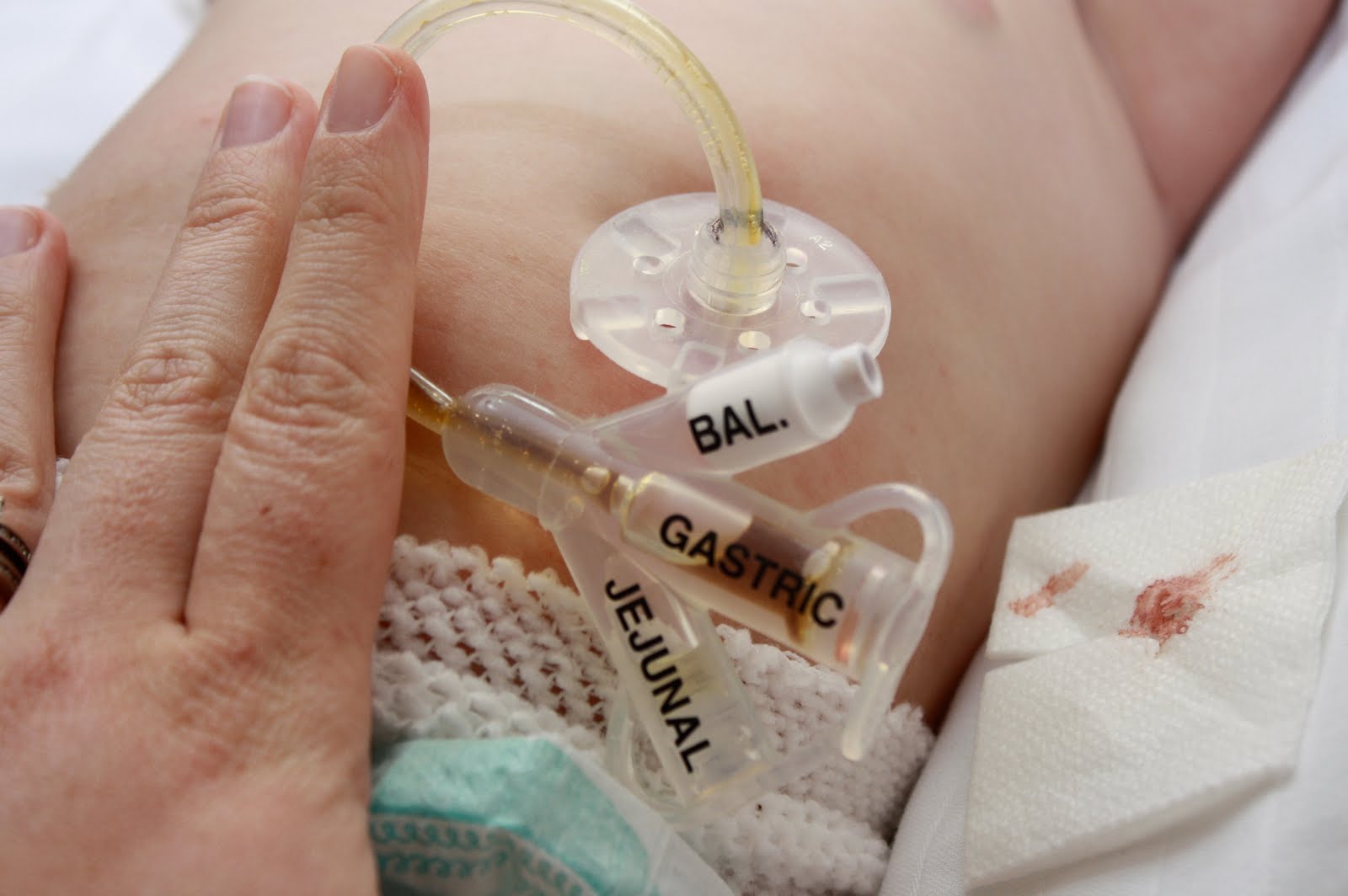


Gastrostomy Week Devices
A jejunostomy tube (Jtube) is a soft, plastic tube placed through the skin of the abdomen into the midsection of the small intestine The tube delivers food and medicine until the person is healthy enough to eat by mouth You'll need to know how to care for the Jtube and the skin where the tube enters the bodyG/j tube The last method, called the Rouxeny jejunostomy involves the surgical creation of a limb or pouch in the jejunum that is appropriate for the intermittent insertion of a feeding tube for a small bolus feedingGive this video some loveeee!



Gastro Jejunal Tube Gj Tube Parts Extension Tubefed



Your Child S Gastrostomy Or Gastro Jejunum Tube Syringe Feeding
The GJ or GTube displacement pathway provides guidance for the necessary care when a child presents to the emergency department with tube displacementGJ tube Exchange / Conversion Discharge Instructions Information • You have a gastrojejunostomy tube (GJ tube) • Held in place by a balloon on the inside and a plastic ring (bolster) on the outside • Look at the tube every day to see if the tube is clogged, cracked, leaking, or looseSurgical feeding tube placement (G tube, GJ tube, or J tube) is performed in the operating room while the patient is under general anesthesia The feeding tube is placed directly through the stomach wall ending in the stomach (G tube) or small intestine (GJ tube) A jejunostomy (J) tube is placed directly through the wall of the intestine
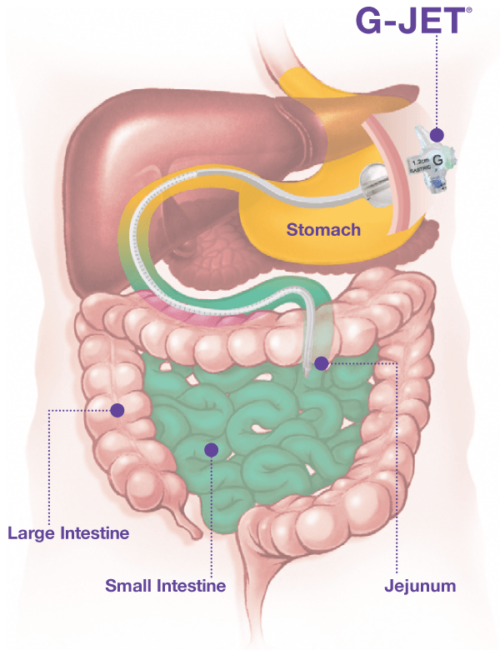


G Jet Family Applied Medical Technology



Retrograde Gastrojejunostomy Tube Migration
G tube is used for medication, nutrition, the release of stomach gases, and gastric drainage while the J tube specifically for medication and nutrition J tubes are placed endoscopically and laparoscopically whereas G tube is placed endoscopically and surgically G tube can easily be changed at home while J tube cannot be changed at home easilyA gastrostomyjejunostomy tube, commonly abbreviated as "GJ tube," is actually two tubes in one One tube ends in the stomach and the other tube ends in the small intestine This tube is used to vent your child's stomach for air or drainageand/or for feeding if your child unable to take food and fluids by mouthA GJ tube is just like a Gtube (see "Percutaneous Gastrostomy Tube) except that it contains an extra portion of tubing that extends from the stomach to the intestine An extra side port allows feeding and medication delivery directly in to the intestine through extension tubing Your family will receive significant education on the skin care surrounding the tube site as well as on the proper usage and maintenance of the tube and extension material prior to the procedure



The Agency Matters More To The Agency Than You Will Ever Matter To The Agency Cussin And Discussin



An Abdominal Radiograph Confirms The Proper Placement Of The Gj Tube Download Scientific Diagram
Jejunostomy Tube (J tube or PEJ Tube)—A jejunostomy tube is similar to a Gtube, but its tip lies inside the small intestine, thus bypassing the stomach It is mainly reserved for people whose stomach has an impaired ability to move food down into the intestine due to weakened motilityJ Tube and G Tube are medical models typically generally known as feeding tubes used for victims to provide nutritional vitamins who can not take meals by mouth G tube may be known as Gastrostomy or Gastric feeding tube G tube is for longterm food plan and is inserted into the stomach by abdomen by way of small incisionThe replacement procedure is the same as the Gtube Most Gtubes will be too big to use to replace a Jtube unless they are of pediatric size If no Jtube is available, a pediatric feeding tube or urinary catheter of a similar gauge can be used as a replacement to keep the stoma open until one can be obtained Also, the placement should be



Gastro Jejunal Gj Tubes Feeding Tube Awareness Foundation



What It S Like To Be A Mom To A Tubie Singing Through The Rain
Specialty Tubes by CR Bard Manufacturer Cr Bard Compare View Item List ENFit Traditional GJet Internal Feeding Tubes by Applied MedicalA gastrostomyjejunostomy tube commonly abbreviated as "GJ tube" is placed into your child's stomach and small intestine The "G" portion of this tube is used to vent your child's stomach for air or drainage, and / or drainage, as well as give your child an alternate way for feeding The "J" portion is used primarily to feed your childG tube is for longterm food plan and is inserted into the stomach by abdomen by way of small incision J Tube may be known as Jejunal feeding tube and is inserted into 2nd part of small intestine 'jejunum' by abdomen



Gj Tube Our Life Is


A Three Possible Explanations How Gj Tube May Cause Postoperative Download Scientific Diagram
Jejunostomy Tube (J tube or PEJ Tube)—A jejunostomy tube is similar to a Gtube, but its tip lies inside the small intestine, thus bypassing the stomach It is mainly reserved for people whose stomach has an impaired ability to move food down into the intestine due to weakened motilityG tubes and Peg tubes are inserted through the abdominal wall into the stomachdifferent methods of insertion PEG refers to percutaneous endoscopic gastrostomy and G tube refers to direct gastrostomy tube placement PEGs are placed by a couple of different methodsvia fluoroscope or endoscopic assistG tubes in through an incision in theNew pt with a G/J tube The J part is attached to straight drainage No one knew what to do with this thing!
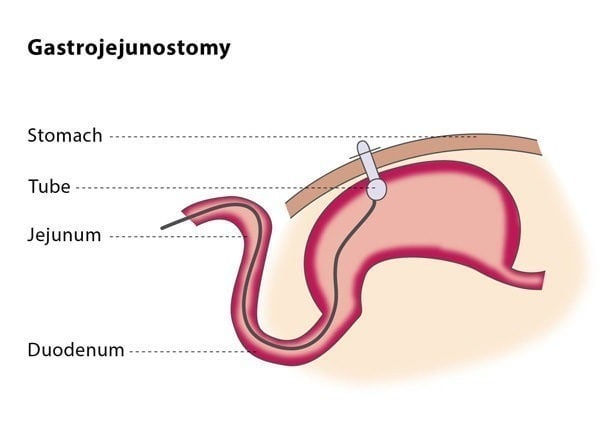


Gastrojejunostomy Cirse



Feeding Tube Rose Momma
Feeding Tube Update https//wwwyoutuNow up to 70 cm stoma lengths 3;Usually you leave the G part open to decompress the stomach and feed through the J part What you are probably seeing is the feeds going from the stomach and draining out the J part I would definitely find out what they want Here is a nice sheet for the GJ tube



What To Do If Your Child S G Or Gj Tube Is Accidentally Pulled Out Youtube


Making The Gj Decision When Gastric Feeds Aren T Tolerated Complex Child
Percutaneous GJ Tube A GJ tube is a soft, narrow tube that enters the stomach in the upper part of the abdomen and is threaded into the small intestine Once placed, this tube must remain in place for at least 8 weeks to allow your skin to heal On the outside of the tube there are three ports you will see labeled gastric,The MIC* Jejunal Feeding Tube is indicated for patients requiring jejunal feeding only The distal tip can be trimmed to suit individual patient needs Available with 14Fr and 18 outer diameters, as well as stoma lengths spanning from 08cm to 45cmHelp support the Feeding Tube Awareness Foundation through fundraising merchandise that also raises awareness!



G Gj Tubes Balloon G Tubes



G Gj Tubes Balloon G Tubes
The GJ tube should be able to move slightly from side to side easily without resistance from the patient's skin If the GJ tube does not move easily or redness/bleeding occurs at the stoma site or the area directly underneath the GJ tube, call your doctor The patient may need to be remeasured for a longer GJ tubePlacement of percutaneous gastric tube of GJ tube A GJ tube is a feeding tube The tube goes from outside the abdomen, through the abdominal wall to the stomach, through the stomach (G for gastric which means stomach), and to the first part of the intestine called the jejunum (J)A jejunostomy tube (Jtube) may be used to introduce nutritious liquids and medicines to the body when the stomach is not fit for a feeding tube or in order to drain unwanted gases and liquids from the stomach A jejunostomy is a surgical procedure in which a hole is made in the small intestine to insert a feeding tube



Original Gj Tube From Halyard Image Courtesy Of V Roudnitsky Download Scientific Diagram
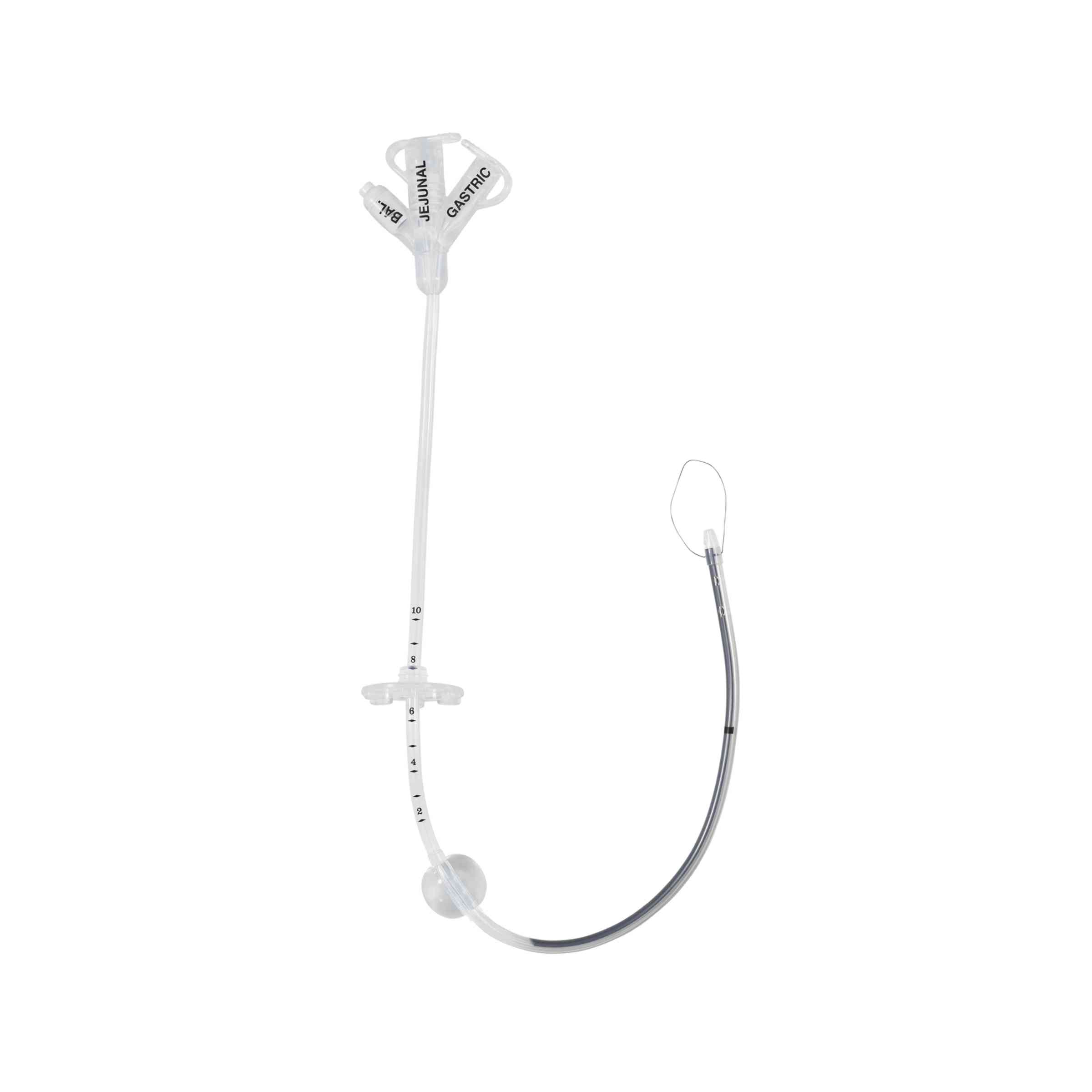


Mic Gastric Jejunal Feeding Tube Kit Endoscopic Radiologic Placement Avanos Medical Devices
A gastrojejunostomy or GJ feeding tube is a combination device that includes access to both the stomach and the jejunum, or middle part of the small intestine Typical tubes are placed in a Gtube site or stoma, with a narrower long tube continuing through the stomach and into the small intestineGastroJejunal (GJ) Tube GJ tubes are a longterm option that combines a G tube with a J tube for more flexibility based on a person's needs A GJ tube goes through the abdomen and ends up in two different places the stomach for medicine and ventilation, and the small intestine (jejunum) for feeding Like G and J tubes, GJ tubes use a waterfilled balloon to help the tube stay put in the stomachThe stomach A gastrojenunal tube (or GJ tube) is a "tube within a tube" placed through this opening One tube ends in the stomach and the other extends into the jejunum (the small intestine) This allows food and medicine to be given directly into the stomach or jejunum instead of through the mouth Giving feedings this way can be done



G Gj Tubes Mic Key Low Profile Gj Tube
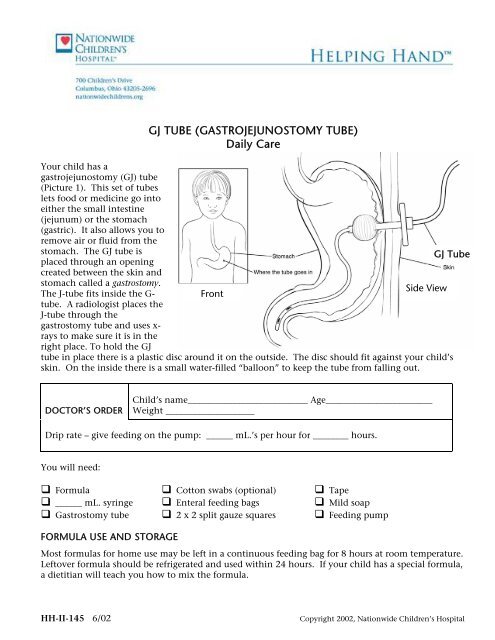


Gj Tube Gastrojejunostomy Tube Daily Care
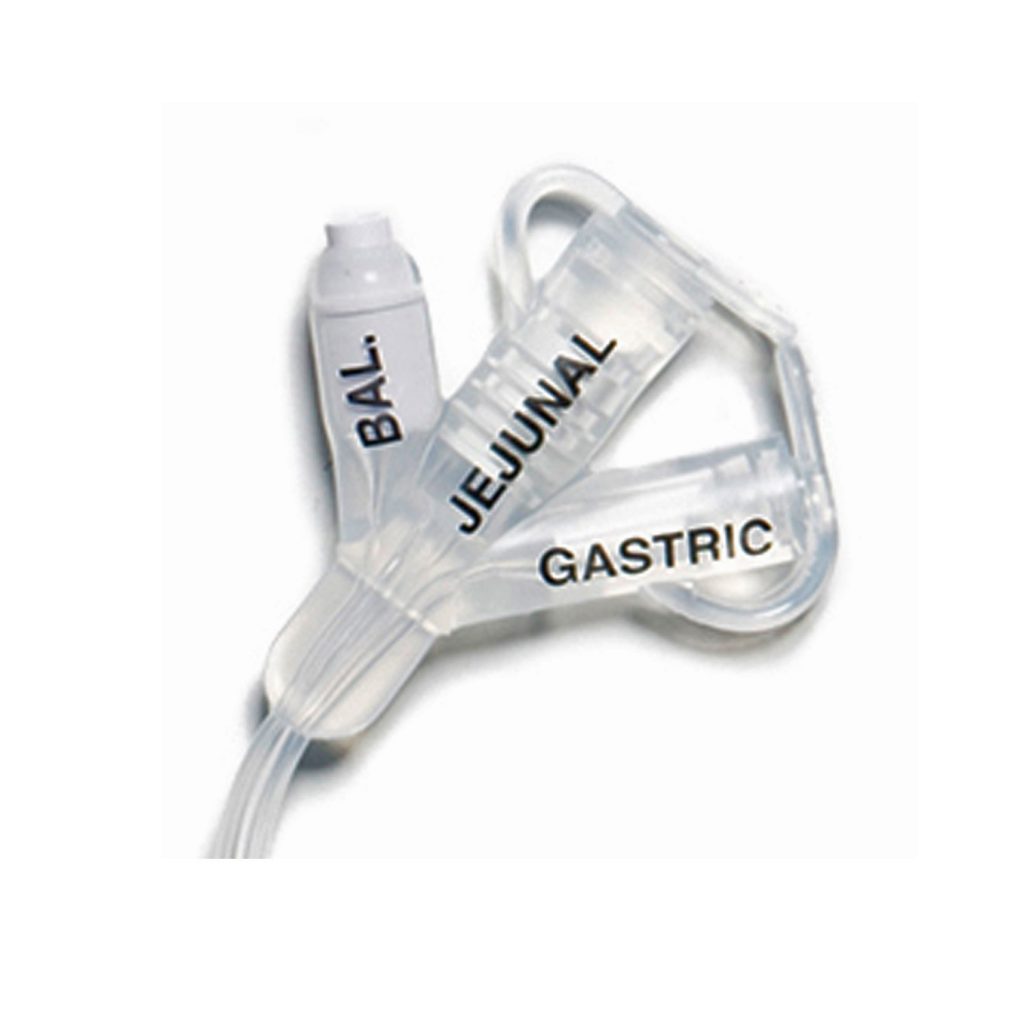


Halyard Mic Gj Feeding Tube Bowers Medical Supply
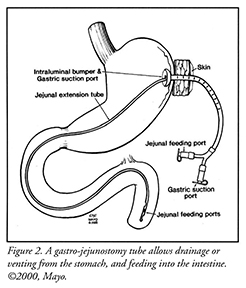


Choosing The Right Tube For You Oley Foundation



Gastro Jejunal Gj Tubes Feeding Tube Awareness Foundation


Gj Tube Diagram Drone Fest



Primary Gastrojejunostomy Tube Placement Using Laparoscopy With Endoscopic Assistance A Novel Technique Journal Of Pediatric Surgery


Gastrojejunal Gj Tube Mmihs



Gastrostomy Tube Care G Tube G J Tube



Pin On Tubie


Childrenswi Org Media Chwlibrary Publication Media Library 07 30 17 27 3001en Pdf



G Tube And G J Tube What S The Difference Youtube
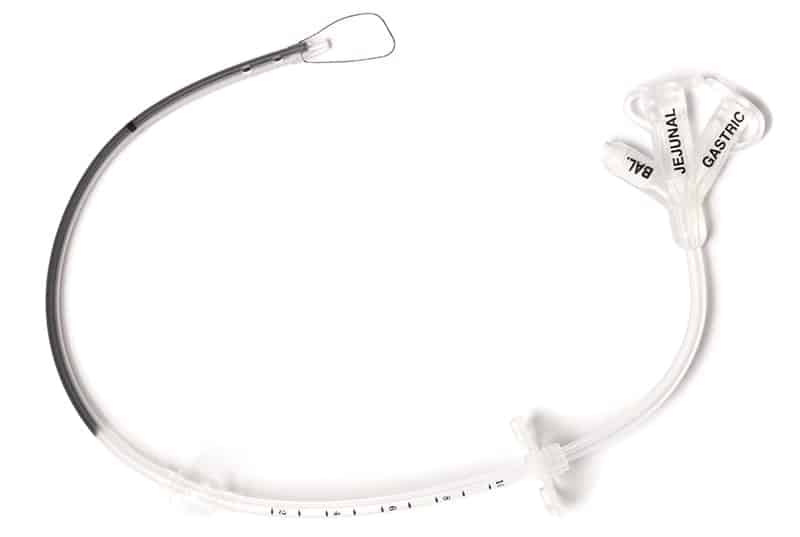


Mic Gastro Jejunal Feeding Tube Vygon



Gastro Jejunal Gj Tubes Feeding Tube Awareness Foundation



Enteral Feeding Tubes Accessories Avanos Medical


Utah Medical Home Portal Feeding Tubes And Gastrostomies
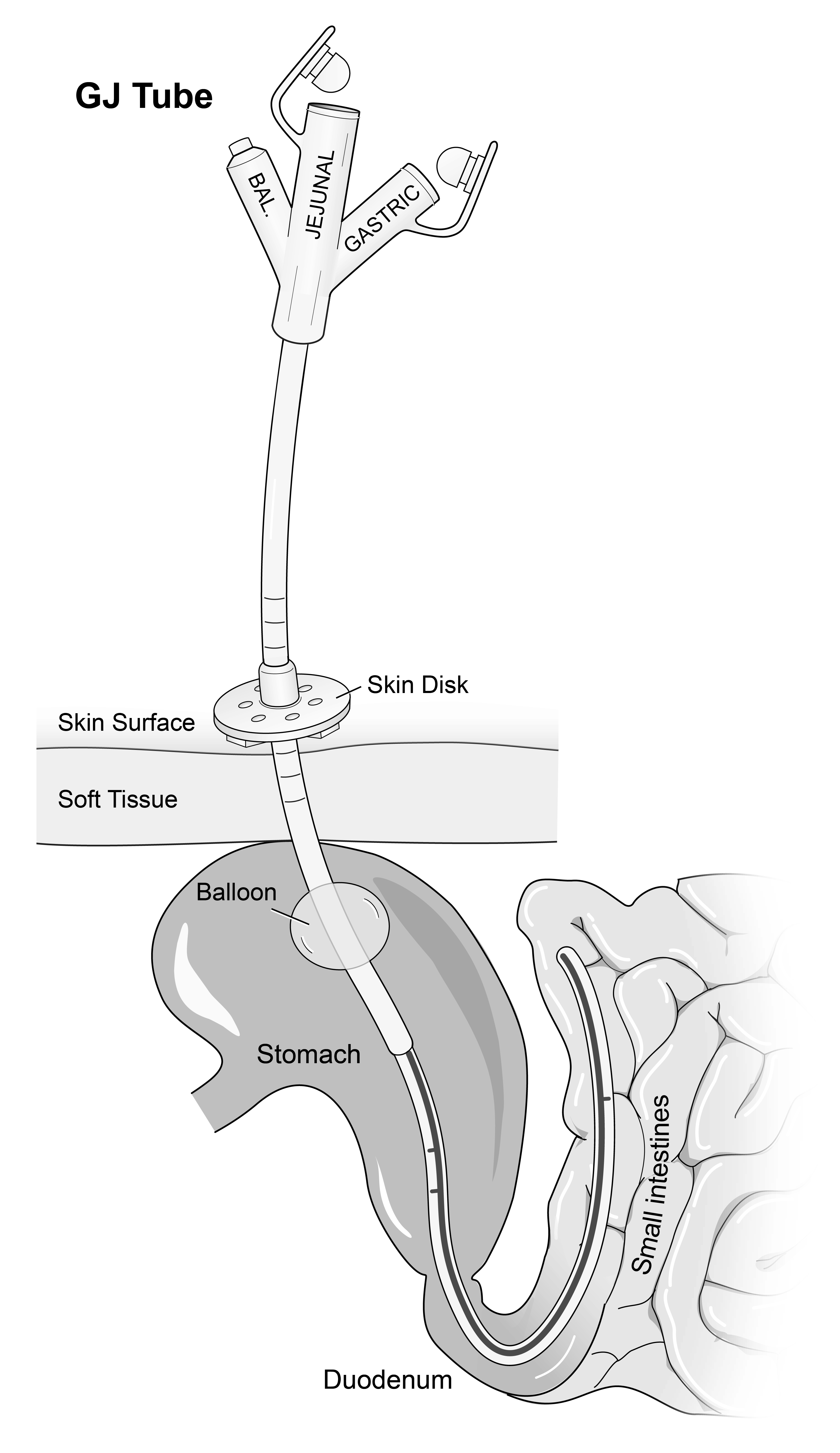


Gastrojejunostomy Tube Gj Tube Health And Nutrition Facts For You Patients Families Uw Health Madison Wi



Gastro Jejunal Tube Gj Tube Parts Extension Tubefed
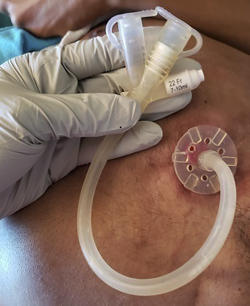


Nursing Care And Management Of Gastrostomy And Gastojejunostomy Tubes In The Pediatric Population Ce Article Nursingcenter



Specialized G J Tube Training Developed According To Map
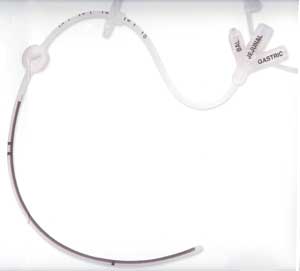


G J Tube Care Gastrostomy Jejunostomy Tube Instructions Tips
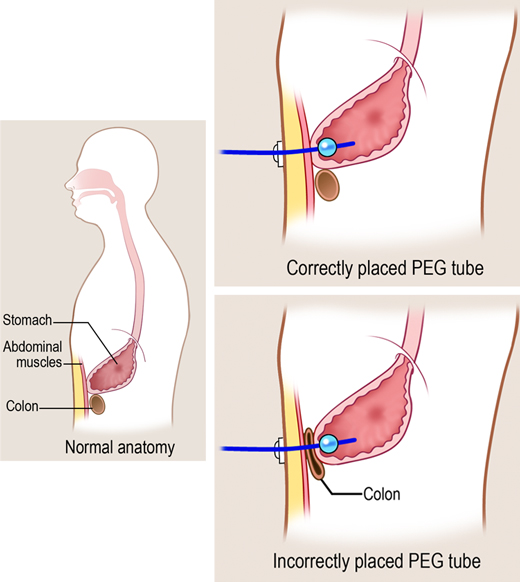


Wrong Turn Through Colon Misplaced Peg Psnet


1



Halyard Low Profile Design Tube For The Mic Key Low Profile Gj Tube 0124 12 0124 24 From 4md Medical



Feeding Tube Service Home Care Instructions After Placement Of A Gastro Jejunal G J Tube Boston Children S Hospital


1


2



G Gj Tubes What To Do If Your Child S Feeding Tube Is Blocked



Frequently Asked Questions Feeding Tube Edition She Got Guts



When Your Child Needs Tube Feeding Enteral Nutrition


Http Kidzdoc Com Wp Content Uploads 13 12 Gj Tube Gastrojejunostomy Tube Pdf



Mic Transgastric Jejunal Feeding Tube Kits Healthcare Supply Pros



Rose Finally Doctor Shopped Her Way Into Separate G And J Tube Surgery Despite Seeming To Have No Issues Maintaining A Healthy Weight With A Gj Tube Illnessfakers



Feeding Tube Change Day At The Hospital This Gj Tube Has A Port For The Stomach Gastric Meds And Water And A Port To T Feeding Tube Stomach Medical Supplies



Mic Key Gastric Jejunal Feeding Tube Kit 16 Fr 2 5 Cm 45 Non Enfit Avanos Medical Devices



Graduating From The G J Tube A Family Of Ohs



G Gj Tubes Corflo Peg J Tube



Tips For A Successful Nj Tube Placement


Www 4mdmedical Com Media Attachment File C 1 C Mic And Mic Key Gj Feeding Tubes Pdf


Www Seattlechildrens Org Pdf Pe1701 Pdf



Different Types Of Feeding Tubes My Incredible Ivy


Interventional Radiology Equipment Gastro Jejunal Tubes G J Tubes Stepwards



Avanos Medical Give Your Feeding Tube Patients More Freedom And Mobility Join Us At Booth 1 At Apsa19 To Learn More About Our Low Profile Feeding Tube The Mic Key 14 Fr



Peritonitis Related To G Tubes And Gj Tubes


Well Informed Feeding Tubes Department Of Developmental Disabilities
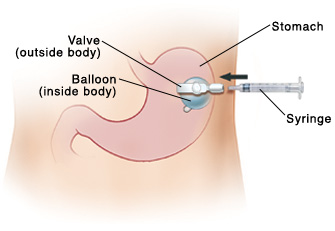


Your Child S Gastrostomy Tube Checking The Balloon Saint Luke S Health System


Http Kidzdoc Com Wp Content Uploads 13 12 Gj Tube Gastrojejunostomy Tube Pdf
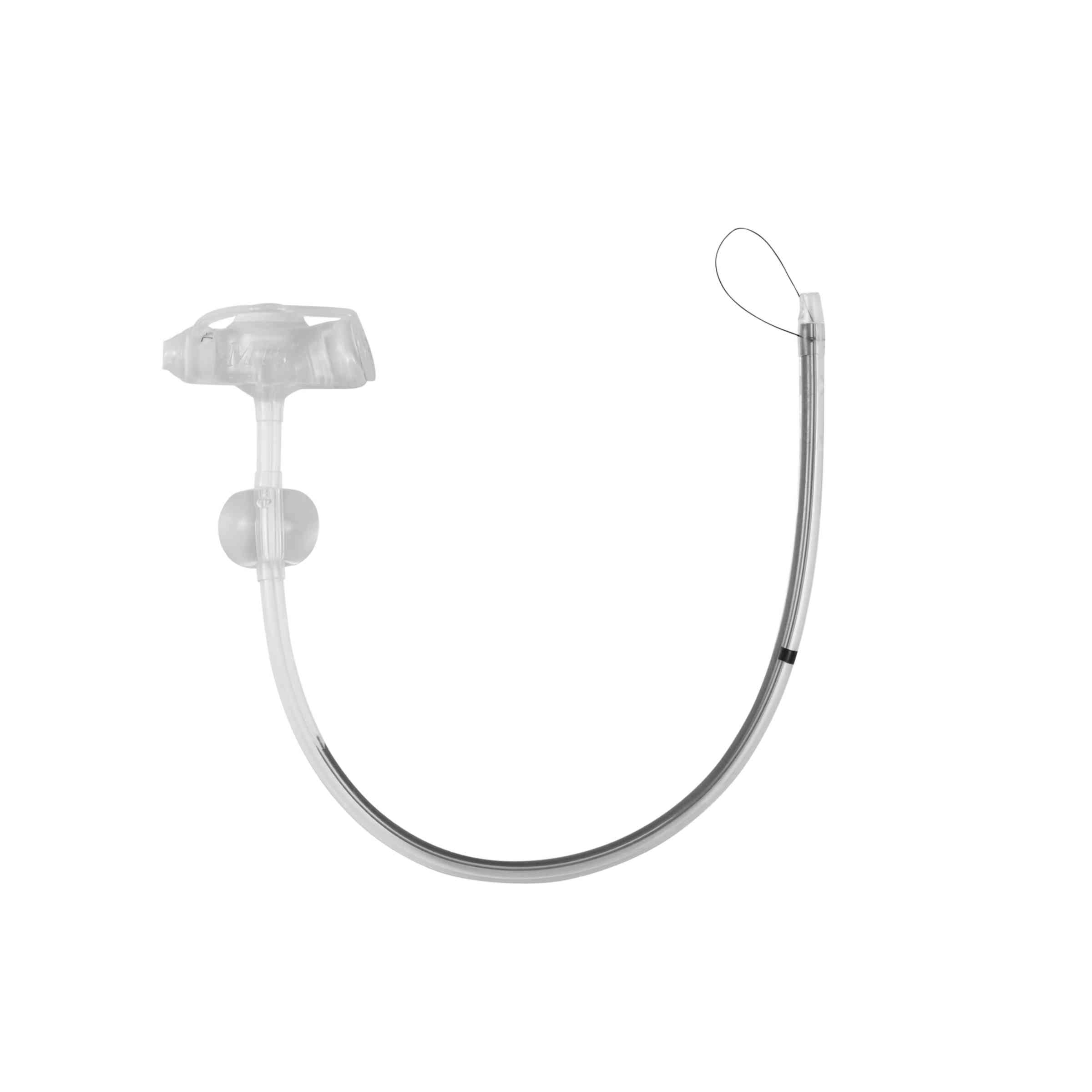


Mic Key Gastric Jejunal Feeding Tube Kit Extension Sets Avanos Medical Devices


Gj Tube Button Tubes Complex Child



G Gj Tube Pads Feeding Tube Awareness Foundation



Gj Tube Reinsertion Youtube
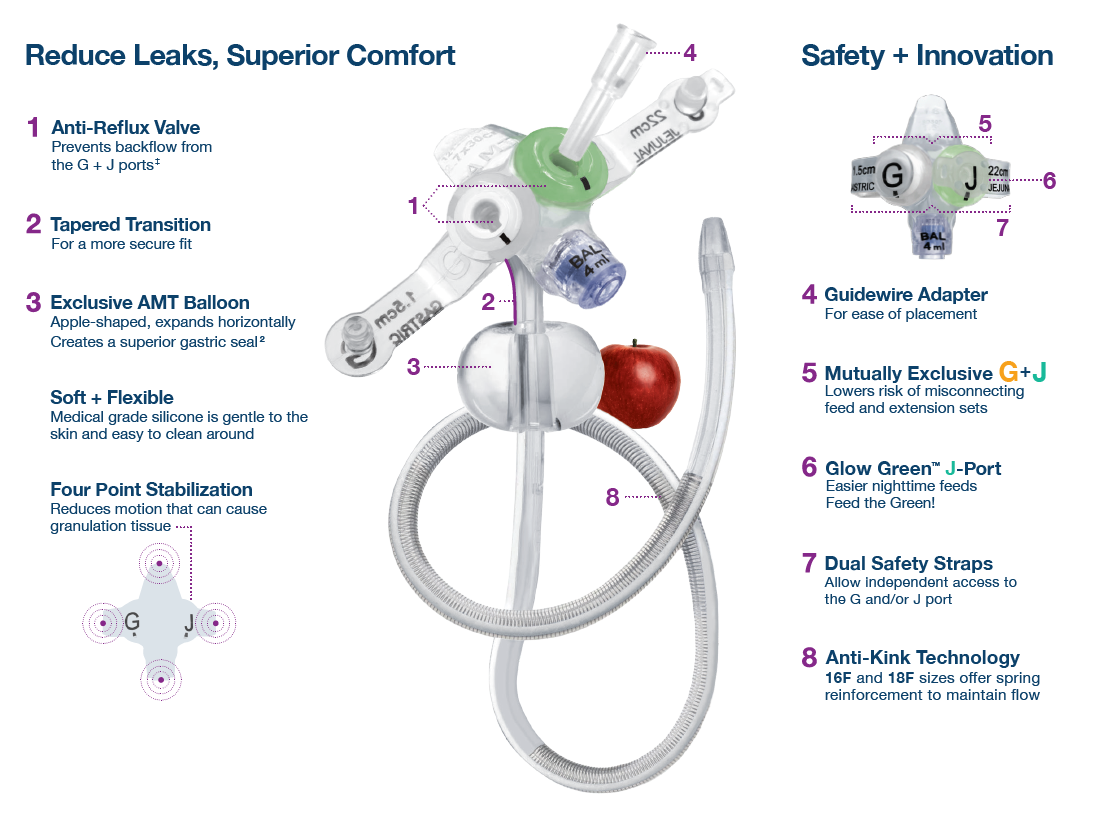


G Jet Low Profile Button G J Tube Balloon Feeding Tube


The Gastrojejunal Feeding Tube Gj Tube



Tubes Out Of Place Feeding Tube Awareness Foundation


Mic Gastric Jejunal Gj Feeding Tubes 22fr 45cm 0250 22 Medsitis



G Gj Tubes Mic Key Low Profile Gj Tube



Amazon Com Feeding Tube Backpack For Feeding Tube G Tube J Tube Gj Tube Backpack For Enteral Feeding Pump 500ml Capacity Health Personal Care
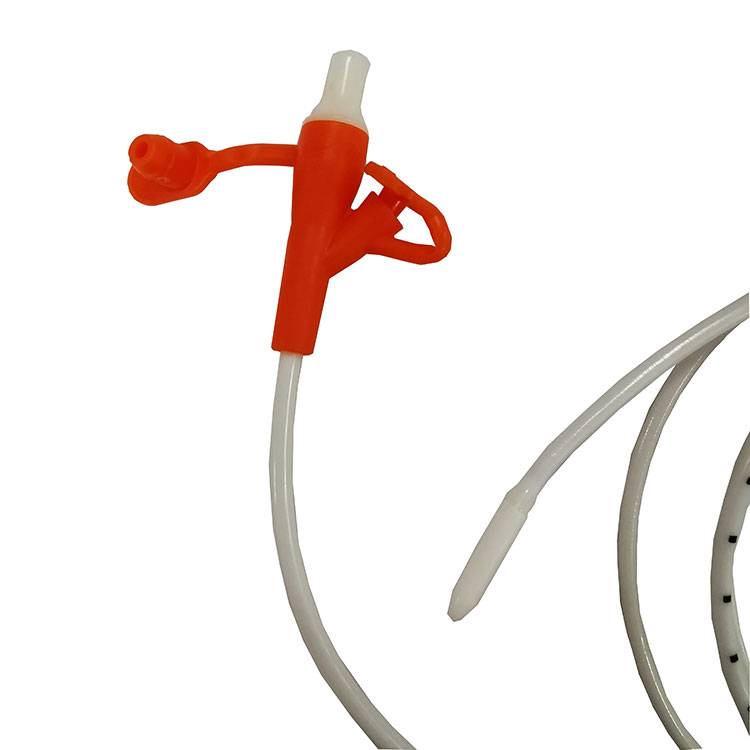


China 8 Year Exporter Gj Tube 2 Way Connector Disposable Nasoduodenal Tube Sungood Factory And Manufacturers Sungood



Covidien Kangaroo Y Site 6 Extension Set Works G Tube J Tube Gj Tube Ng Tube Ebay
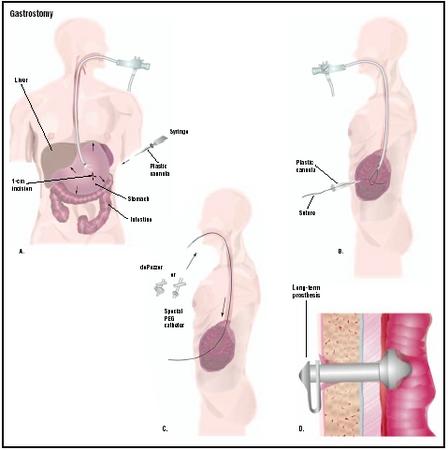


Gastrostomy Procedure Blood Tube Complications Time Infection Operation Children
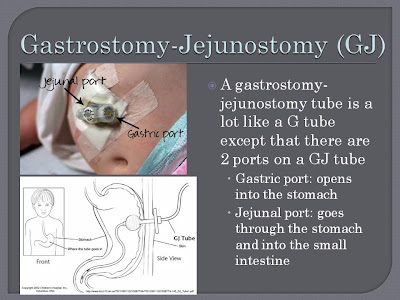


Utah Medical Home Portal Feeding Tubes And Gastrostomies


1


Childrenswi Org Media Chwlibrary Publication Media Library 03 30 54 3018en Pdf



Retrograde Gastrojejunostomy Tube Migration



She Just Got A Brand New Gj Tube There Is Zero Reasons Why It Wouldn T Drain It Would Ve Been Checked Before And After Being Placed Illnessfakers



G Gj Tubes Low Profile Combination G Gj Tube



Placement Of A Moss Gj Tube I M Having One Of These Done Next Week Medical Information Feeding Tube Tube


Learning About Gj Tubes Complex Child
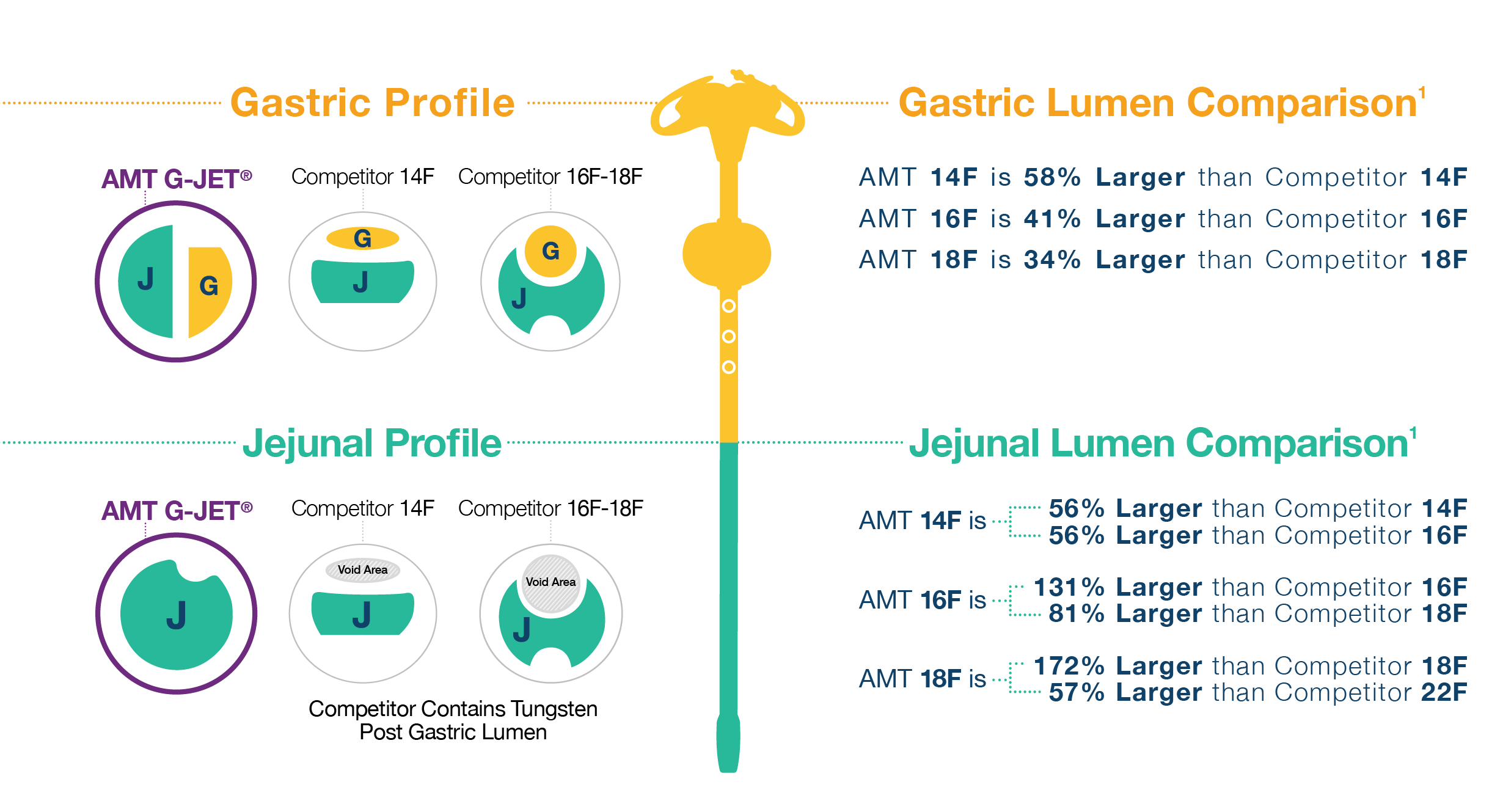


G Jet Low Profile Button G J Tube Balloon Feeding Tube



Limitations And Uses Of Gastrojejunal Feeding Tubes Archives Of Disease In Childhood



G Jet Family Applied Medical Technology
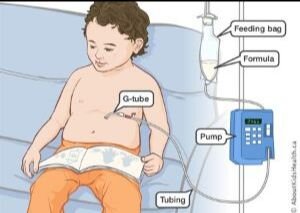


Hint What Is Used To Manage A Dislodged Feeding Tube Connected Care Sickkids



Gastrojejunostomy Tube Bowel Perforations In Low Weight Infants Massoumi 16 Journal Of Parenteral And Enteral Nutrition Wiley Online Library



A B The Gj Tube Is Advanced Over The Glidewire Into The Jejunum Download Scientific Diagram



Treatments The Global Gastroschisis Foundation



Gj Tube Replacement In Radiology Full Procedure Youtube


コメント
コメントを投稿